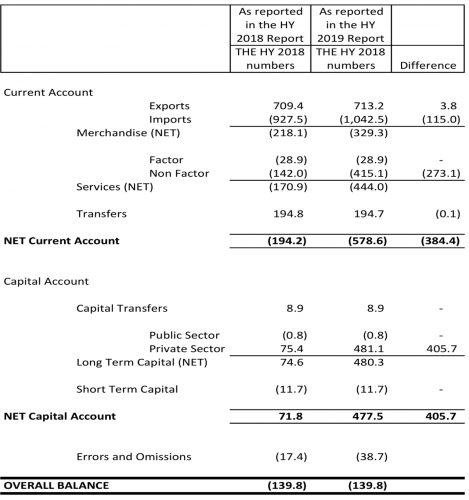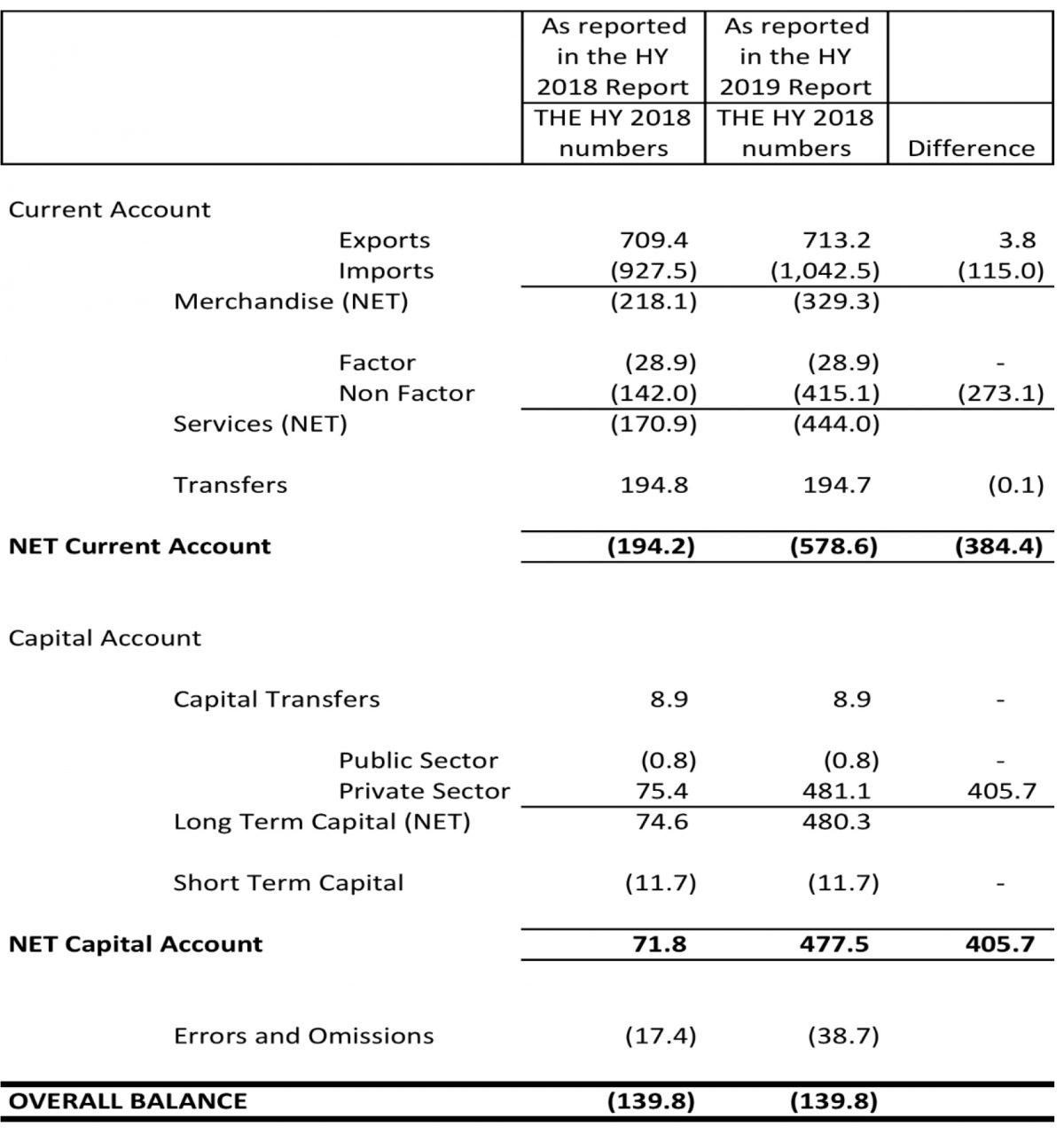Dear Editor,
Forecasts are as good as the data used to prepare them. In public finance, it is critical that forecasts are based on good quality data since they are used to inform public policies which ultimately affect the lives of every citizen. The current cycle for preparing the national budget as per statutes was structured in such a way that allows sufficient time for complete and accurate data to inform the budget estimates and to make policy adjustments for the next fiscal year. Unfortunately, the Caretaker Minister of Finance (the Minister) incessantly rushed to deliver the national budget at the earliest possible time for the past four years, but this haste brought great harm to the completeness and accuracy of the data and the budget planning process. It is no surprise that the national budgets for the last few years have failed to deliver any meaningful change in the lives of average Guyanese. So while the official number screams 4.1% growth, ask the ordinary man or the local private sector if they are experiencing this growth and you will hear a distinctly opposite story. The Minister chose to label their utterance as “trotted out numbers” but we are of the opinion that the private sector seems to have a better grasp of the tone of the economy than the Minister and we shall illustrate why below.

The table on the “Half year balance of payment data for 2018” below seeks to bring light to this disconnect between what the Minister preaches and what happens in reality. The half-year report for 2018 was released on August 8, 2018, and the half-year report for 2019 was released on August 9, 2019. Clearly, both reports were prepared after the first six months of 2018. Logic will dictate that these two sets of numbers for the balance of payment performance during the first half of 2018 should be the same on both reports with minor differences for rounding errors. But this is clearly not the case.
The table below shows enormous differences between the numbers originating from the 2018 and 2019 half-year reports, despite the “data-set” in question referring to the same period – the first six months of 2018. For example, in the 2018 half-year report, the Minister claimed that the net current account balance was a deficit of US$194.2 million; in the 2019 half-year report, he claimed that the deficit (for the same period in 2018) was a deficit of US$578.6 million. If we assume that the 2019 numbers are correct, it means that in 2018 the Minister’s analysis was off by more than 200%.
We found that this error is not a one-off mistake or oversight. What we found was a series of systematic errors that show up in multiple places on the comparator table and in multiple publications coming out of the Ministry of Finance. Such poor-quality data raises some very important concerns and questions.
Other cardinal errors include (1) the considerable misstatement of the value of non-factor services, which include business services (which includes services contracted for oil exploration), transportation services, consulting & management services, insurance services, and advertising & marketing research services and communication services, and (2) grave inaccuracy in the amount classified as capital transfers from the private sector for the first half of 2018. Non-factor services and capital transfers from the private sector are key economic indicators of the health of the economy. So if the Ministry of Finance cannot get this right, then what can they get right?
Such poor analysis and budgeting raise two major concerns. First, which of these numbers should the public trust? Is any of them correct? How can the private sector (the engine for growth), plan if it cannot rely on these numbers? What other indicators suffer from this same problem? Did the economy grow by 4.1 percent? These are genuine questions that investors, analysts and planners are concerned about. Understandably, there will always be an acceptable margin of error when dealing with statistics, especially when forecasting is involved. But this is exactly the reason why the timing of the national budget should not be sacrificed for political expediency and optics. To intentionally or unintentionally ignore the consequences of ramming through the budgeting process for political expediency and bragging rights is to gamble with businesses’ investments, the livelihood of workers and the credibility of the data.
Second, such poor analysis, forecast and budgeting raises the question of what exactly did the Ministry spend that $135 billion on that was assigned to it since 2015? Was any portion of it used for building technical capacity and staff training to improve the quality of data collection and analysis? If so, where are the signs of the improvements? It is not unreasonable for taxpayers to expect reliable and credible data regarding the state of public finances and the economy. Good economic management and policymaking begins with good fiscal and economic analyses for which dependable and trustworthy data is key. The Minister of Finance, like every other public officer has to ensure that the public is truthfully informed on the state of affairs of the nation.
Yours faithfully,
Sasenarine Singh, CEO of Sundari Solutions Inc, Financial Consultants
Dhanraj Singh, Executive Director, Guyana Budget Policy Institute

